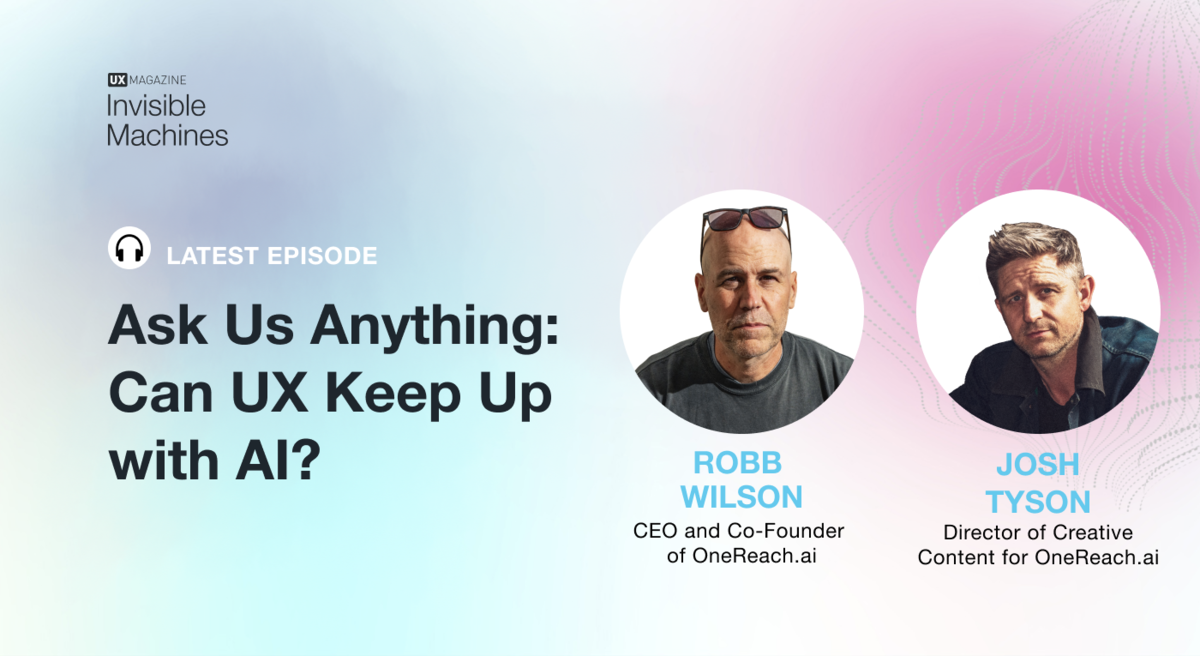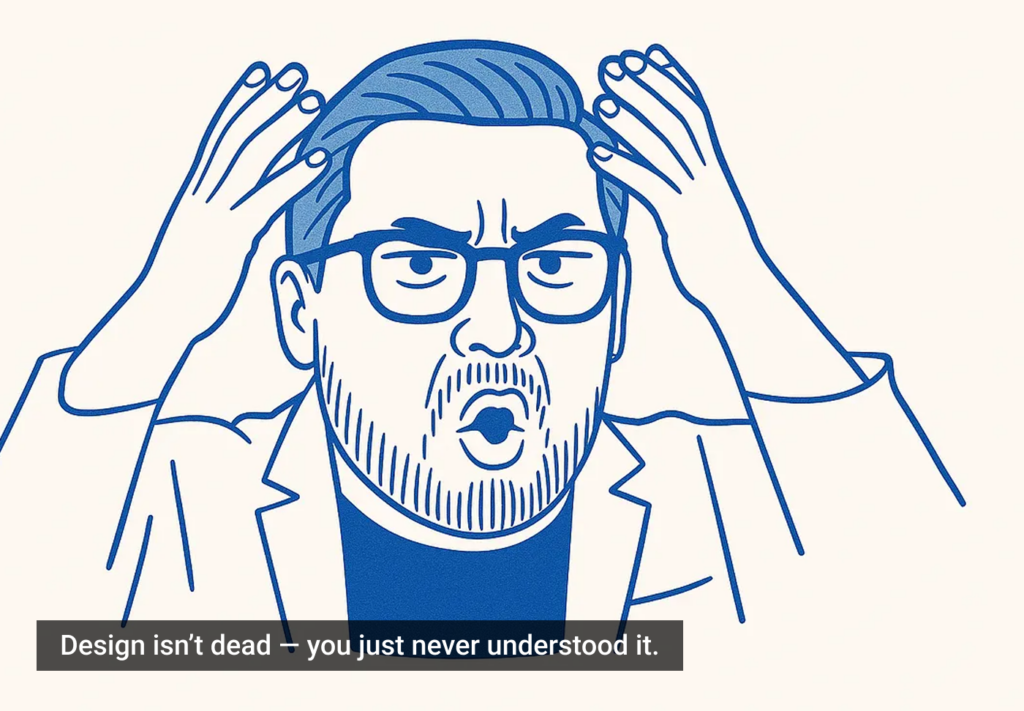The explosion of AI solutions is shaking up experience design in ways we’re only beginning to understand. But what if the key to staying ahead isn’t about more automation or better interfaces—but about something much older?
In this special Ask Us Anything episode of Invisible Machines, Robb and Josh tackle a listener’s question about AI’s impact on UX. Their conversation takes an unexpected turn—back to Robb’s days in the sound department at Warner Bros., working on films like Galaxy Quest and The Thin Red Line. The surprising connection? Success in UX, much like in filmmaking, boils down to storytelling.
People don’t just use products—they engage with them, just like they do with stories. And as AI adoption grows, bad design won’t just be inconvenient—it’ll be obvious. Effective storytelling and good taste will become essential, separating the forgettable from the truly immersive.
So, how do we design for a world where AI is raising the bar? Tune in to this episode for a fresh perspective on the intersection of technology, design, and storytelling.








